What Is An Animal Cell? Find out about animal cells, and the difference between animal and plant cells.
What Is An Animal Cell?
- All living things are made of cells
- All animal cells AND plant cells are eukaryotic cells (as opposed to the prokaryotic cells of single-celled organisms such as bacteria).
- Eukaryotic cells contain a nucleus and other organelles.
- Eukaryotic cells are bigger and more complex than prokaryotic cells.
- Animal cells lack the hard cell wall and chloroplasts that are present in plant cells. They also lack the large, single vacuole present in plant cells.
Don’t worry if this all sounds complicated, by the time you’ve finished this page you’ll be an animal cell expert!
In this article, we’ll discover: the two main types of cell; what an animal cell is; how big animal cells are; and the differences between animal cells and plant cells.
Cells – The Building Blocks of Life
All living things are made of cells. Whether plant, animal or bacterium: if it’s a living organism, it’s made up of at least one cell!
Bacteria and other single-celled, or unicellular, organisms are made of just one cell. Animals such as mammals, reptiles and amphibians can be made up of millions and millions of cells.
The Two Main Types of Cell
There are two main types of cell: eukaryotic cells and prokaryotic cells.
Eukaryotic Cells
Eukaryotic cells are bigger and more complex than prokaryotic cells. The cells that make up animals, plants and fungi are eukaryotic cells.
Therefore, animals, plants and fungi can be described as being ‘eukaryotic’.
Although animals and plants are both eukaryotic, there are differences between animal and plant cells. We’ll learn about these differences further down the page.
Prokaryotic Cells
Prokaryotic cells are smaller and simpler than eukaryotic cells. Single-celled organisms such as bacteria and archaea are made up of a single prokaryotic cell. These organisms can be described as being ‘prokaryotic’.
Animal Cells
Animal cells are specialized. They have different shapes depending on what job they do within an animal’s body. A nerve cell, for example, looks very different to a fat cell, and both look different to a muscle cell.
The basic parts of the cell, however, remain the same whatever the cell’s function.
Parts of an Animal Cell
All animal cells are made up of various different parts. These parts are called subcellular structures. The parts of a cell that have a specific function are called organelles.
Major Parts of an Animal Cell
- Cell membrane – controls what goes in and out of a cell
- Nucleus – controls the cell’s activities
- Cytoplasm – contains enzymes
- Mitochondria – produce energy
- Ribosomes – produce protein
Let’s look at each of these in more detail.
Cell membrane
All animal cells have a plasma membrane. This is a barrier that surrounds the cell and holds it together. It controls what goes in and out of the cell.
The cell membrane is made of proteins and lipids (fatty substances). It is ‘semipermeable’, which means that some chemicals can get through it, but others can’t.
Most of the organelles within an animal cell are also surrounded by their own membranes.
Nucleus
The nucleus is a big organelle. It controls the activities of the cell. The nucleus contains chemical instructions in the form of DNA.
Cytoplasm
The cytoplasm is a jelly-like liquid that fills the cell. It contains enzymes that accelerate the chemical reactions that take place within the cell.
Mitochondrion (Plural: Mitochondria)
Mitochondria are organelles that produce energy for the cell. They are where the cell’s aerobic respiration takes place. Aerobic respiration transfers energy from glucose (a simple sugar). It requires oxygen to take place.
The number of mitochondria in a cell depends on the function of the cell. Some animal cells (e.g. red blood cells) contain no mitochondria. Others, such as liver cells, have over 2000.
Mitochondria are usually oval-shaped.
Ribosome
Ribosomes are very small organelles. They are not surrounded by a membrane. They are where protein is made within a cell.
Difference between Animal Cells and Plant Cells
As we’ve found, animal cells and plant cells are both eukaryotic cells. However, there are several differences between them.
Plant cells have the same organelles as animal cells, but also contain the following additional structures:
- Cell wall – tough outer wall made of cellulose
- Chloroplasts – where photosynthesis takes place
- Large central vacuole – contains cell sap
Cell wall
Plant cells have a tough cell wall made of cellulose. The plant cell’s plasma membrane is under the cell wall.
Chloroplasts
Chloroplasts are small, flat organelles found scattered throughout the plant cell’s cytoplasm. They are where photosynthesis takes place. The chlorophyll in chloroplasts gives them a green color.
Chloroplasts are not present in a plant’s root cells and the cells inside its stem.
Single large vacuole
Most plant cells have a single large vacuole. The vacuole is filled with a liquid called cell sap. This is a weak solution of sugar and salts. The vacuole helps the cell to keep its shape. If a plant doesn’t have enough water, the vacuoles shrink, and the plant wilts.
How Big Is An Animal Cell?
Most animal cells are between 10 and 20 micrometers across. A micrometer is one millionth of a meter, or one thousandth of a millimeter. In other words, most animal cells are very small!
Although most animal cells are far too small to be seen without a microscope, some are much larger. The human egg cell, for example, is visible to the naked eye. Some people consider bird eggs to be single cells. This would mean that an ostrich egg would be the largest known animal cell.
What Is an Animal Cell: Conclusion
On this page you’ve discovered that there are two main types of cell: eukaryotic cells and prokaryotic cells. You’ve found out that both animal and plant cells are eukaryotic cells.
You should now know about the various organelles found within an animal cell, and what they do. If you’ve been paying attention, you’ll also know about the additional organelles found in a plant cell!

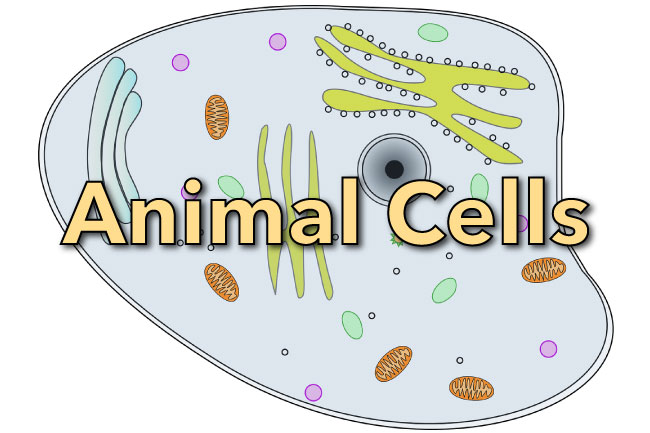
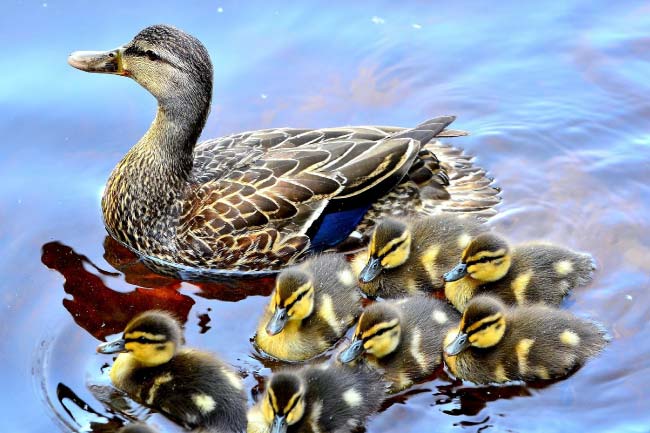

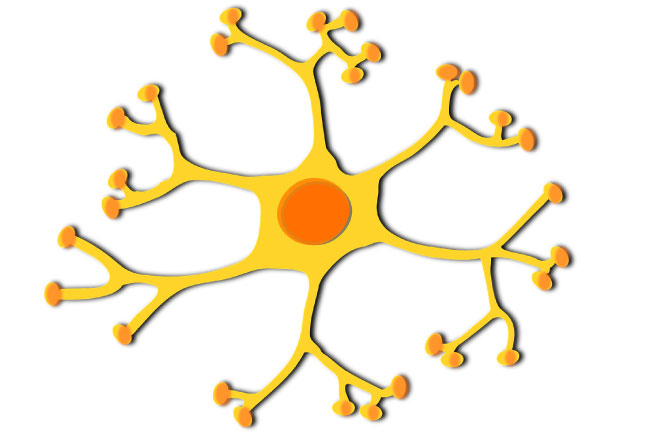


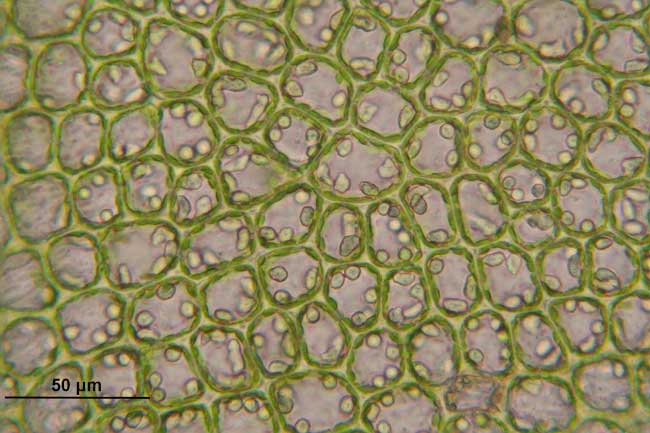
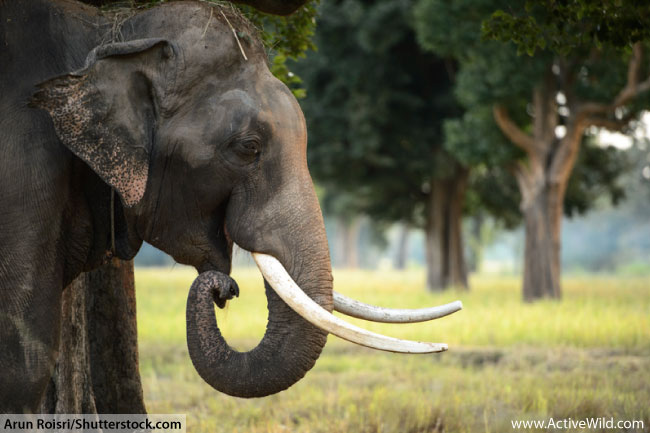

cells have a BIG impact on life. If cells didn’t exist we wouldn’t be here today. Cells make up plants, animals, and even half of us. Cells also make up living organisms which would include your…pets…friends…and family.
I like cells and soild fact they make up me and other living things plus I doing a project good fact by the way I love this website
i love cells! cells make me who i am!
i find this site very helpful
Me too it helps you learn about many different cells